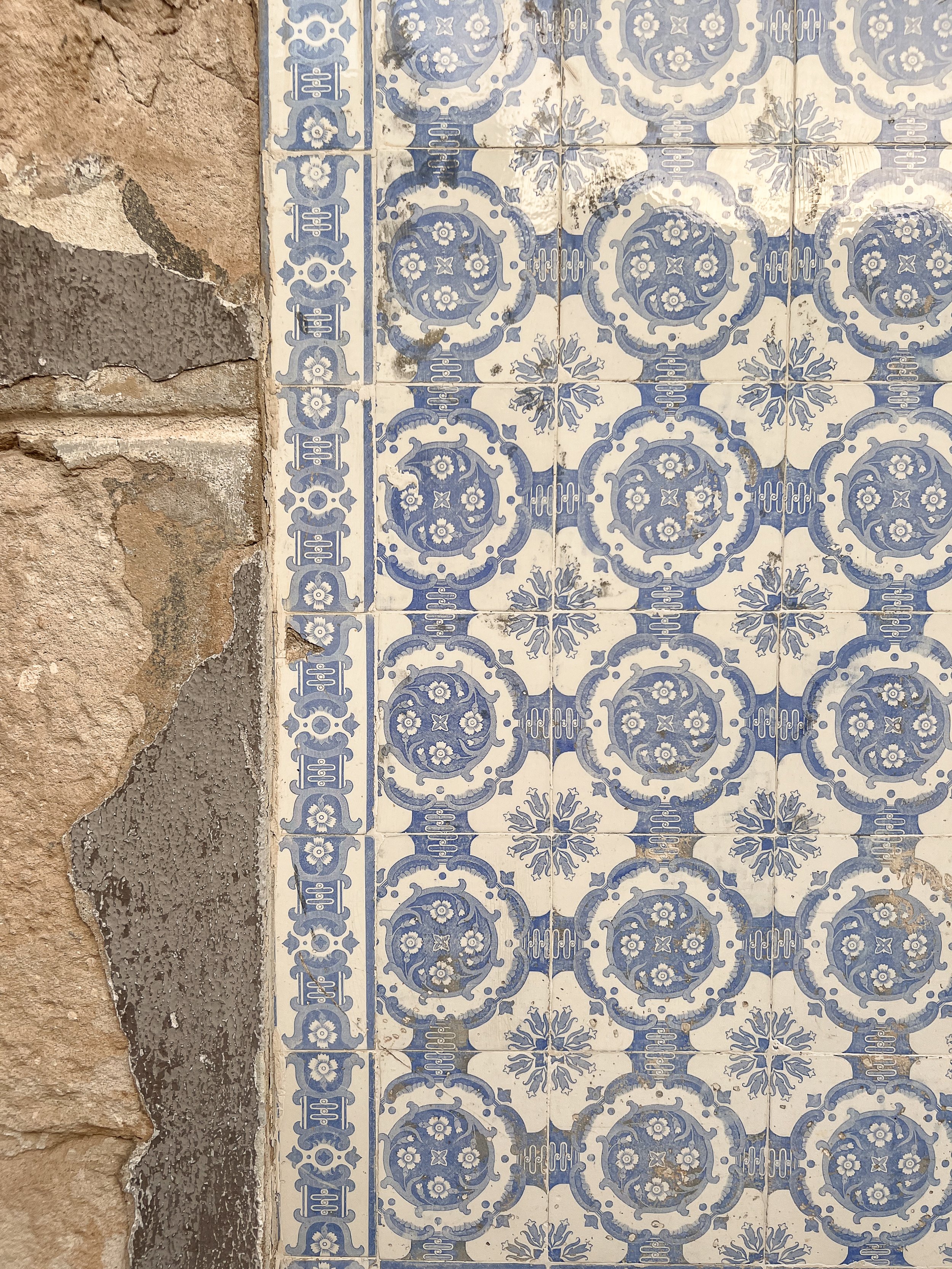
WABI SABI AS A WAY OF LIVING
Finding depth, stillness, and meaning in impermanence
There is a quiet comfort in things that are a little bit worn, a little bit uneven. A threadbare scarf. A crack in a ceramic bowl. The way light softens the edges of a day. Wabi Sabi is the name given to this kind of beauty — not grand or polished, but lived-in, grounded, and real.
Originally rooted in Zen Buddhism and traditional Japanese culture, Wabi Sabi isn’t a set of rules. It’s a way of seeing. A perspective that values simplicity, imperfection, and the fleeting nature of things. It has shaped Japanese art, architecture, and design for centuries — but it’s just as relevant today as a personal philosophy and a way of being.

HOMES SHAPED WITH INTENTION
Our homes are more than physical spaces. They are living, breathing reflections of who we are and who we’re becoming. They hold our memories, support our daily rituals, and reflect our values — not just in style, but in rhythm and feeling.
Inspired by The Slow Home by Natalie Walton, this blog post gathers stories of real homes and the people who shaped them with care. These are not styled sets or quick flips. They are thoughtful spaces, grounded in time, materials, and quiet values.
Each of these homes reflects a different way of living — but all of them invite us to ask: What really matters? And how can we let those answers shape the spaces we inhabit?

CREATING A HOME THAT REFLECTS OUR PERSONAL VALUES — THE DESIRE FOR AUTHENTIC LIVING SPACES
In an era defined by constant innovation and ubiquitous technology, the longing for a home that mirrors our views has never been more profound. Our living spaces transcend mere shelters; they serve as sanctuaries that encapsulate our very identities, beliefs, and aspirations. This post aims to ignite our imagination and offer insights into how we can bring our vision to life.

CREATING SPACES THAT SUPPORT US IN THE WAY WE WANT TO LIVE
Last year, Ana and I connected virtually over our passion for Vienna and interior design and had a wonderful discussion about art and how we can create spaces that support us in the way we want to live.


